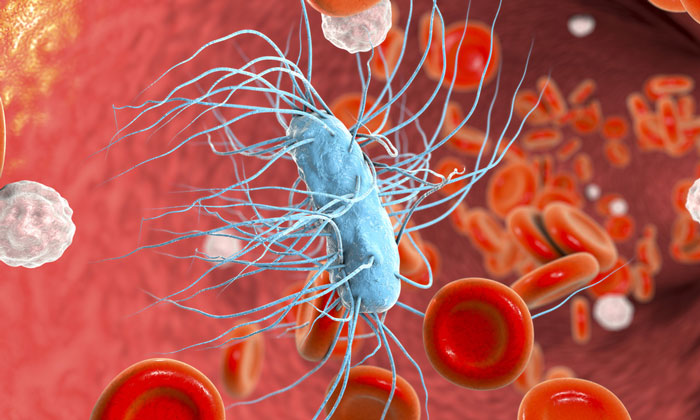Wuhan Coronavirus Cause Severe Illness
We generally consider viral respiratory infections, such as
the common cold, as mild nuisances that pass within a few days. But Wuhan's
coronavirus turned out to be different. Among those infected, about 2% are
believed to have died, but the true mortality is unknown.
Of the first 99 severely infected people, three-quarters had
pneumonia affecting both lungs. About 14% appeared to have lung damage caused
by the immune system, while 11% suffered from multi-organ system failure, or
sepsis.
Others are at risk of complications from treatment in
hospitals, such as acquiring other infections.
At this point, we know that some people only develop a mild
infection, while others become seriously ill, but the exact proportion of each
is not yet clear.
Overall, Wuhan coronavirus can cause four serious illnesses
in four key ways, and some can happen at the same time.
Direct viral damage
For SARS (severe acute respiratory syndrome) coronavirus,
direct viral damage was probably the most common way in which infection caused
disease. This is probably the case with Wuhan coronavirus.

Initial studies have revealed that Wuhan coronavirus
attaches to a particular receptor found in lung tissue. It is like a locking
and key mechanism allowing the virus to enter the cell, and it is the same
receptor as the SARS coronavirus used.
Viruses "hijack" the mechanisms of the host cell
to create more copies of itself. The damage results either from virus
completely invading the cell and killing it, or from immune cells recognizing
the viral infection and mounting a defense, triggering cell death.
If a large number of cells die, the affected organ cannot
function effectively.
Studies of patients who have died from the SARS coronavirus
have shown that the virus damages not only the lungs, but also other organs of
the body. Initial research suggests that Wuhan coronavirus can also damage
other organs, including the kidneys.
Pneumonia
While we are still in the process of reconstructing the
relationship between Wuhan coronavirus and pneumonia, we can learn a lot from the
flu.
Influenza is a virus but it usually leads to bacterial
pneumonia - this is called a secondary infection.
The flu virus is thought to weaken the lung's usual
protective mechanisms, allowing bacteria to establish and multiply. This is
especially true in children, the elderly and those with weakened immune
systems.
Secondary bacterial pneumonia is more serious than the flu
alone - in hospital patients, about 10% of people with flu and pneumonia die,
compared to about 2% of those without pneumonia.
Wuhan's coronavirus appears to cause pneumonia in two ways:
when the virus gets into the lungs and through secondary bacterial infections,
however, the first method seems to be more common.
Sepsis

Sepsis is a serious illness that can be caused by many
infections.
When we get an infection, we need to develop an immune
response to fight the pathogen. But an excessive immune response can cause
organ damage and failure. This is what happens in case of sepsis.
Although it may be difficult to determine whether the organ
damage caused by Wuhan coronavirus is the result of a direct viral infection or
indirect "collateral damage" to the immune system, early reports have
suggested that about 11% severely ill people with Wuhan coronavirus have
experienced organ failure.
To date, no drug or intervention has been able to mitigate
this immune response. Although several treatments have been proposed for Wuhan
coronavirus, none have yet demonstrated its effectiveness.
Complications of hospital care
Finally, patients requiring hospital care may have
complications. These include intravenous tract infections (for drops /
medication) or urinary catheters (flexible tubes inserted into the bladder to
empty urine), pneumonia, or non-infectious complications such as falls or
bedsores.
Studies have found that 10% of hospital patients suffer from
some sort of healthcare-acquired infection, and about 5% have a pressure ulcer.
Hospitals work hard to try to prevent these complications,
by ensuring that health workers disinfect their hands and other equipment.
However, complications persist, especially in patients weakened by long
hospital stays.
While most viral respiratory infections are mild, some can
trigger serious complications, directly or indirectly. It is too early to say
how often this happens with Wuhan coronavirus. Although we have initial data on
the severely affected, many others may not have required medical attention.



1 Comments
According to Stanford Medical, It is in fact the SINGLE reason women in this country get to live 10 years longer and weigh 42 lbs less than we do.
ReplyDelete(Just so you know, it is not related to genetics or some secret-exercise and really, EVERYTHING related to "how" they eat.)
BTW, I said "HOW", and not "WHAT"...
Click on this link to uncover if this brief test can help you find out your real weight loss possibility